Awamori
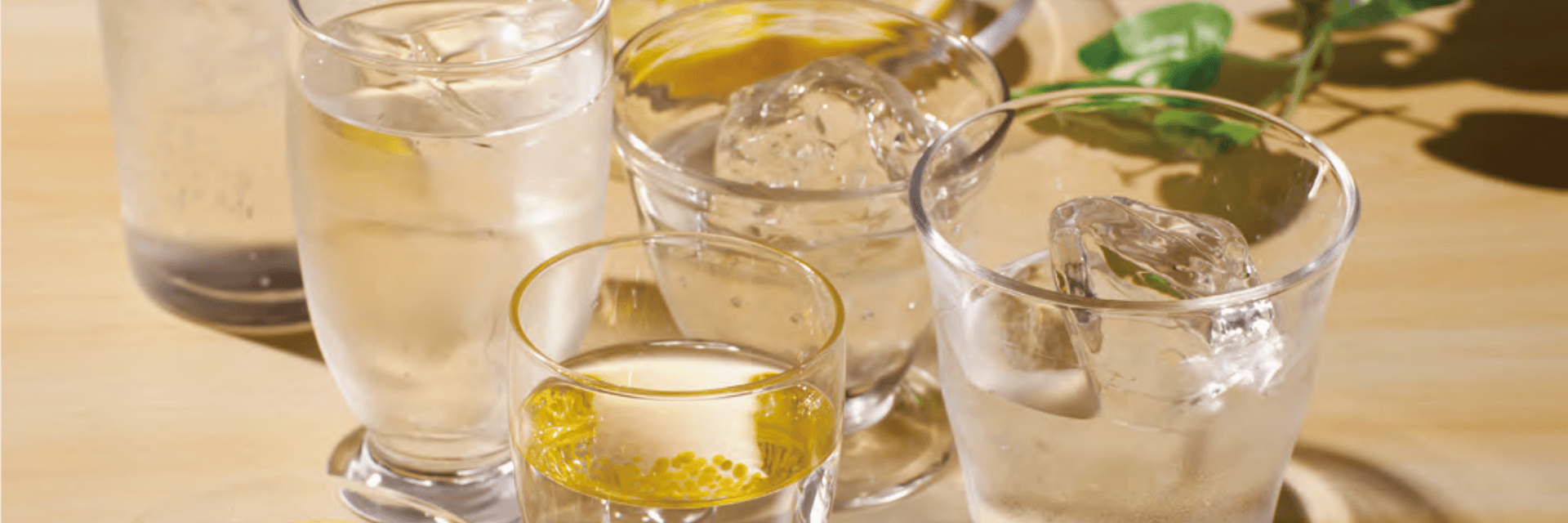
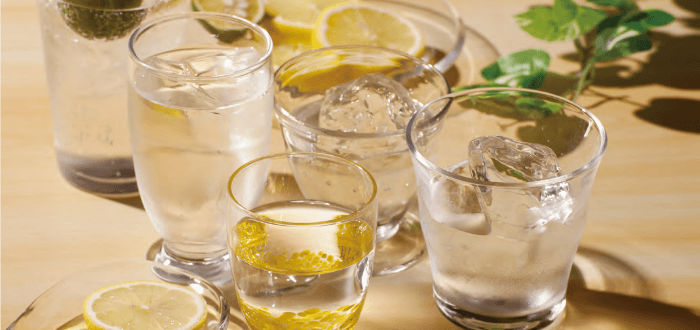
What Sort of Spirit is Awamori?
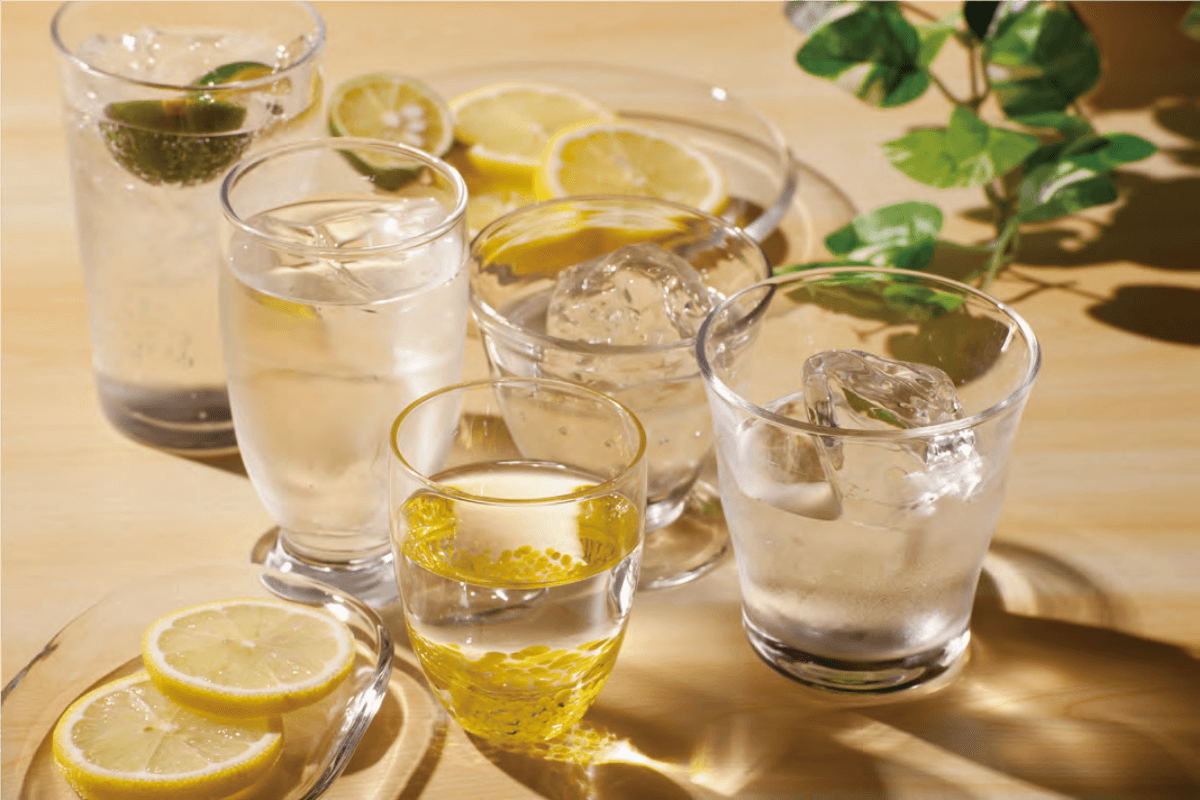
Okinawan awamori is also said to be the origin of Kyushu’s shochu.
To make awamori, Thai indica rice is first transformed into rice koji (yeast) using kurokoji mold grown in Okinawa Prefecture.
Next, water and awamori yeast is added in order to ferment.
This process is called “zenkoji-jikomi” (all yeasts’ fermenting process), which is different from the two-step fermenting process used to make shochu.
Okinawa is said to be the only alcohol-producing region in the world where alcohol is made using only the kurokoji mold.
It is said that kurokoji was selected because compared to other strains of koji mold, kurokoji is better suited to Okinawa’s warm and humid subtropical climate and it suppresses the decay from bacteria.
The wisdom of our predecessors can be seen from their choice of this particular strain of koji mold.
The distillation method also differs from shochu, using a pot is still being the most common method with atmospheric distillation.
The use of a pot still introduces just the right amount of steam into the moromi (fermentation mash), which better brings out the flavors and character of the rice.
Because awamori can also be aged and enjoyed as kūsū (aged awamori), a light filtration method known as simple filtration is used in order to keep as many of the distillate’s compounds in the finished awamori as possible.
The ability to increase the body and smoothness of awamori through the aging process in order to create kusu is another one of its allures.
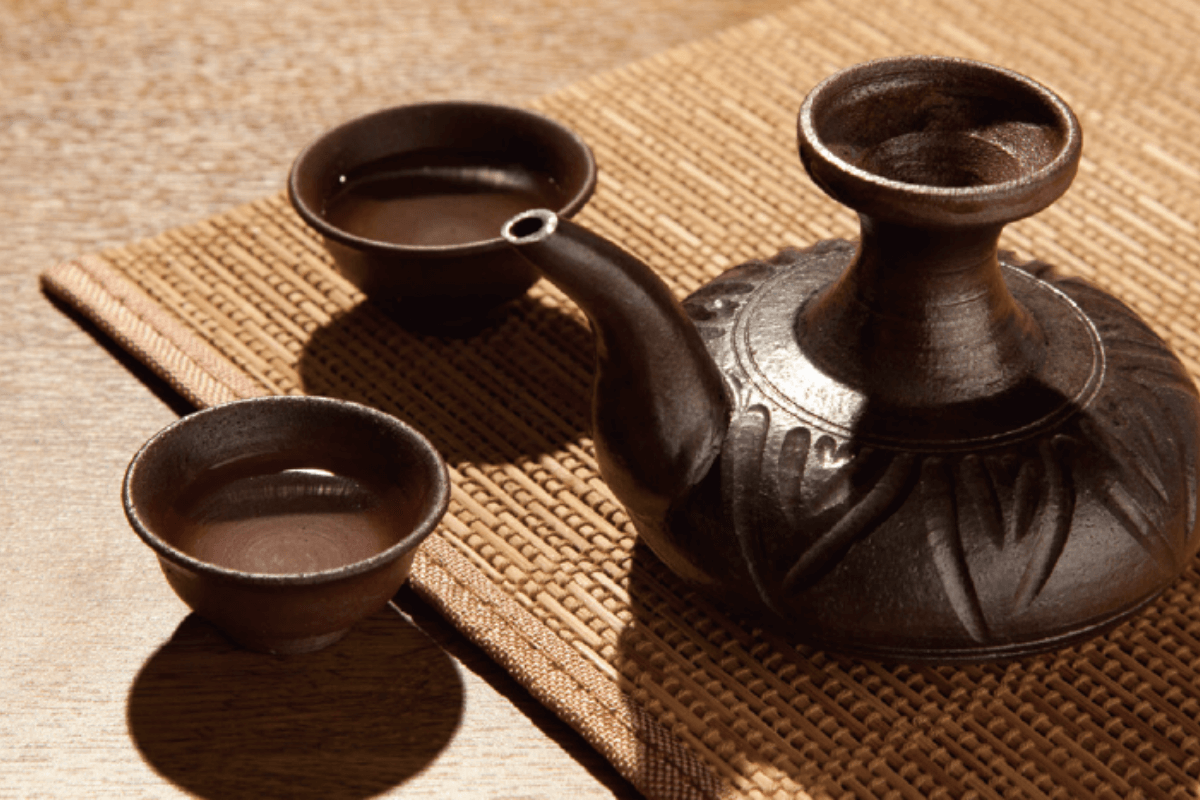
The Etymology of “Awamori”

It is also commonly known by the beloved nickname “shimaa”.
But at what point in its 600 years of history was awamori first called “awamori”?
The first time the name “awamori” appeared in historical documents was in 1671.
It is said that this year, Sho Tei, the king of the Ryukyu Kingdom, sent a list of promising gifts to letsuna Tokugawa, the fourth shogun of the Tokugawa Shogunate, listing “awamori” as one of the gifts to be presented.
This is said to be the first known appearance of the name awamori.
There are a number of theories about the origin of its name.
One theory comes from the fact that long ago, awamori was made with millet (awa) instead of rice.
Another theory is that awamori is derived from the ancient Sanskrit word awamuri, which means liquor.
Other theories include that awamori was named by the Satsuma Domain when they presented awamori to Tokugawa Shogunate in order to distinguish from Kyushu’s shochu, and also a theory that the name comes from the fact that awamori’s degree of alcohol was measured from the bubbles (“awa”) it produced.
Hence, “awa wo tateru” ( “produce bubbles”) became “awa wo moru” (“pile up bubbles”), which then became awamori.
The History of Ryukyu Awamori
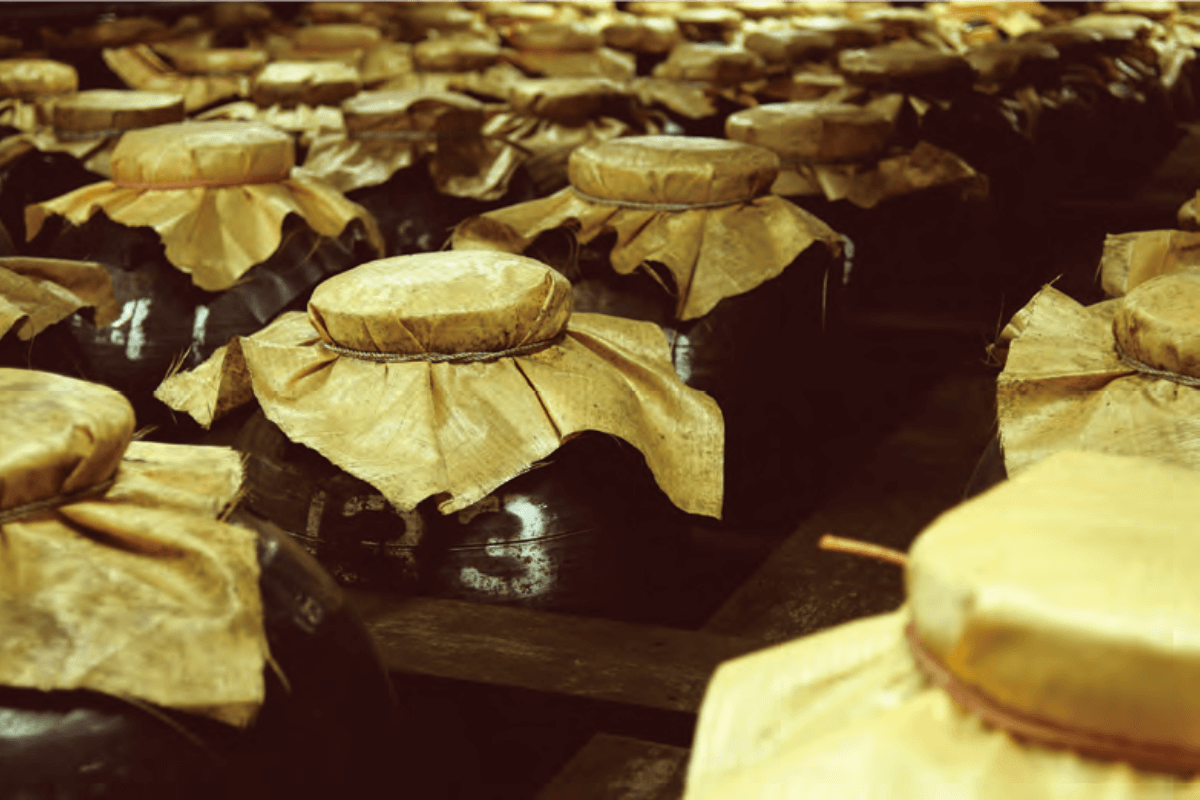
Based on records left by the Satsuma Domain’s Shimazu clan, the production of awamori in the Ryukyu Islands is estimated to have begun by the late 15th century, which would mean that awamori has 600 years of history.
The prevailing theory claims Thailand as the origin of awamori based on historian Kanjun Higashionna’s discovery on a trip to Thailand in 1933 that local Thai liquor Lao Khao tasted the same as awamori.
However, a survey conducted in 1990 over different asian countries discovered that the distilled rice spirits made in China were also similar to awamori in a number of ways, including their distillation methods and the shared practice of using the bubbles to determine the alcohol degree of the spirit.
This led to the new theory that the Fujian Province of China is the origin of awamori. From the history of intimate trade between China and the Ryukyu Islands, this theory was said to be easily deduced, leading to the current theory that the technique to create distilled spirits was brought to the Ryukyus from both Southeast Asia and the Fujian Province.
Kūsū, the Treasure of Okinawa
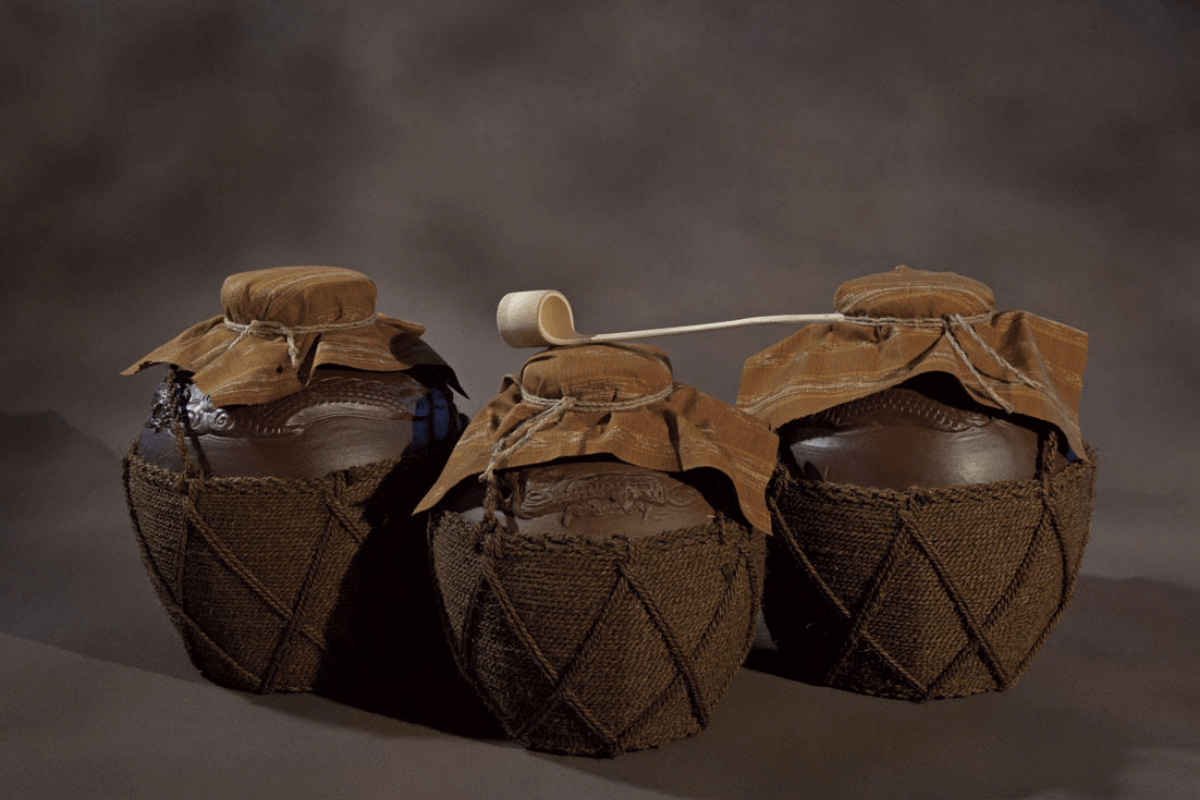
One of the appeals of awamori is that it can be aged to become delicious kūsū.
The longer the awamori is aged in its earthenware pots or bottles, the sweeter the fragrance becomes, and the smoother the texture becomes when it sits on the tongue.
It is just as how the members of Perry and his party expressed the richness of the flavor of the aged awamori they tasted during their visit to the Ryukyu Islands as “just like that of French liqueur (brandy)”; kūsū is well-regarded around the world even today.
The current labeling standard requires awamori to be aged for at least three years and must contain 100% awamori (no other type of spirit to be blended) to be called kūsū.
The same standard also applies to kūsū over five years of distillation. In the event that kūsū of different ages are blended, they must be labeled based on the age of the younger aged kūsū. During the aging process, kūsū develops a number of different fragrances such as a sweet vanilla-like scent, which enriches the flavor of awamori.
Enjoying this aspect ofkūsū is one of its allures.
How Does Awamori Become Kūsū?
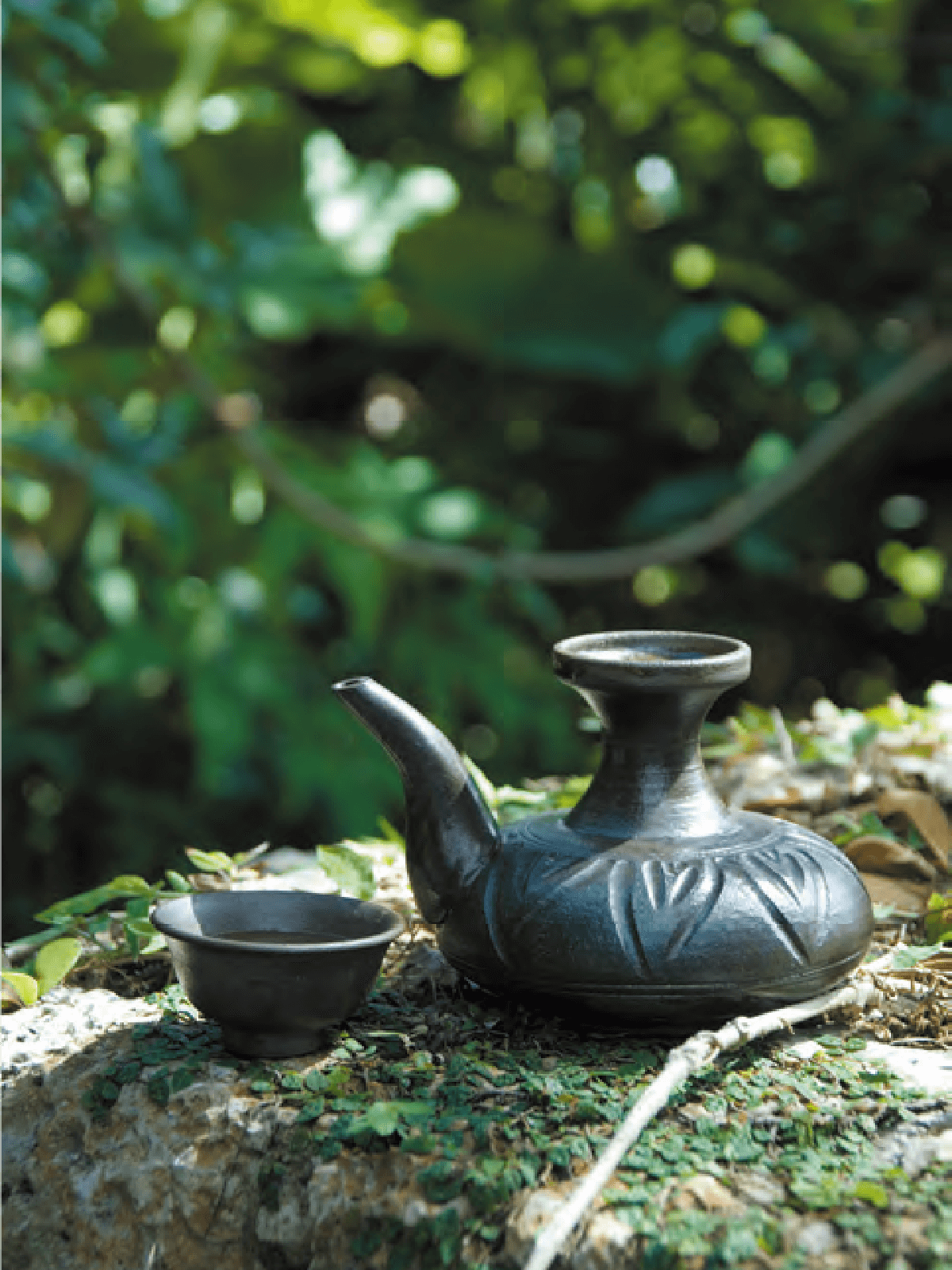
Another major trait of awamori is that it continues to age even after bottling.
As awamori contains a wide variety of different compounds including alcohol, fatty acids (organic acids), fatty acid esters, and phenols, its fragrance varies. The fragrances include notes such as sweet fragrances like vanilla, caramel, or chocolate, fruity fragrances like apples, pears, or oranges, and floral fragrances like roses, and fungus.
As awamori contains many different types of alcohols and organic acids, the potential to create an aromatic and flavorful “kūsū” is equal to the number of combinations possible.
